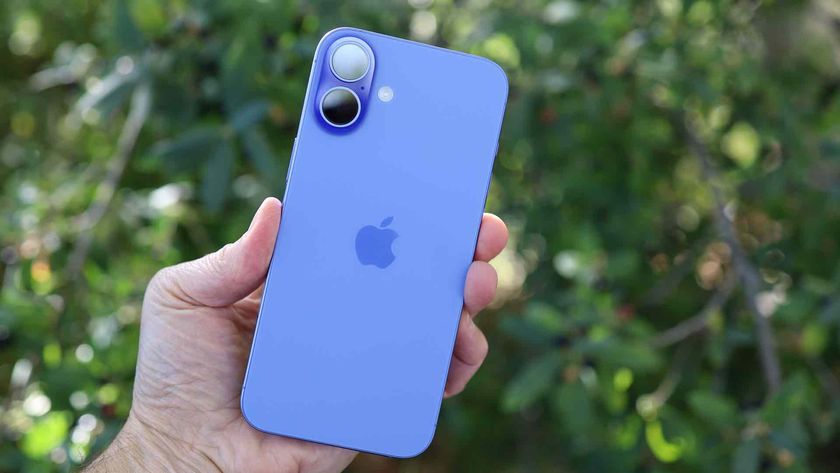3DMark Vantage: New bench, same old story?
Give your DX10 graphics card a good going over
Not so simple
There is one further complication that does need detailing, however. With 3DMark Vantage, Futuremark has decided to ditch its traditional single-default-setting approach for graphics benchmarking. Instead, four new global settings levels are on offer - Entry, Performance, High and Extreme - each with more demanding visual effects and resolutions.
Broadly, the settings range from 1,024 x 768 resolution with trilinear texture filtering and no anti-aliasing for 'Entry' up 1,920 x 1,200 pixels, 4x multisample anti-aliasing and 16x anisotropic filtering for 'Extreme'. The second rung up, 'Performance', is essentially the same as the old default setting with a resolution of 1,280 x 1,024 pixels.
It certainly makes for a more flexible benchmark. However, the beauty of 3DMark has always been the fact that it provides a single, super-simple result that can be widely and easily compared to competing hardware. You can kiss goodbye to that.
The price of performance?
Slightly undercutting this new approach is the fact that the free-to-use version of Vantage can only access the 'Performance' setting. Furthermore, the benchmark can be executed just once. If you want more than that, Futuremark demands just under $7 US. And if you want to see Vantage running in full Extreme glory, well, that will cost you $20 to unlock the higher quality modes.
Only time will tell whether the more complex approach makes for a more popular benchmark, which is essentially what it's all about for Futuremark. Will punters actually want to pay to access the higher quality modes? Is a single run enough for the freeware version?
Get daily insight, inspiration and deals in your inbox
Sign up for breaking news, reviews, opinion, top tech deals, and more.
In the meantime, here are our results using a pair of the most popular current graphics cards, Nvidia's GeForce 8800 GTS 512MB and the Radeon HD 3870 from ATI. For the record, the scores are generated courtesy of an Intel Core 2 E8400 dual-core CPU running at 3GHz and a couple of gigs of RAM.
Suffice to say that whatever the merits of the engine Futuremark has created, there's no doubting the benchmark numbers do a pretty good job of reflecting how these two cards compare in real-world 3D applications. Oh, and expect ATI and Nvidia to get up to their old driver-optimised shenanigans. Indeed, ATI has already released a hot-fix driver just for 3DMark Vantage.
ATI Radeon HD 3870
Entry 11900
Performance 3900
High 2145
Extreme 1209
Nvidia GeForce 8800 GTS 512MB
Entry 13750
Performance 5231
High 3398
Extreme 2109
Technology and cars. Increasingly the twain shall meet. Which is handy, because Jeremy (Twitter) is addicted to both. Long-time tech journalist, former editor of iCar magazine and incumbent car guru for T3 magazine, Jeremy reckons in-car technology is about to go thermonuclear. No, not exploding cars. That would be silly. And dangerous. But rather an explosive period of unprecedented innovation. Enjoy the ride.













